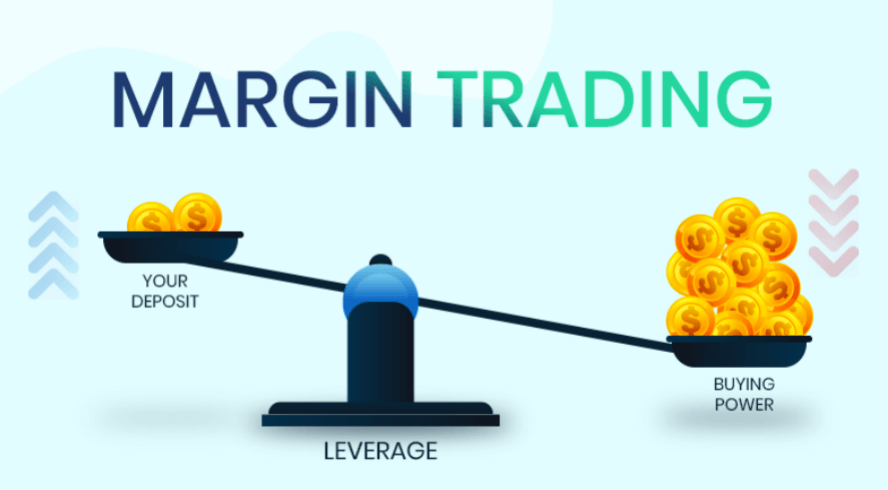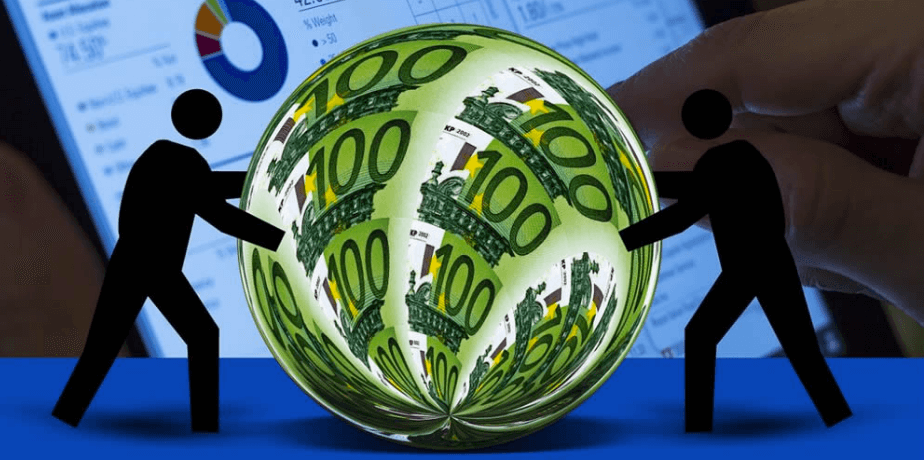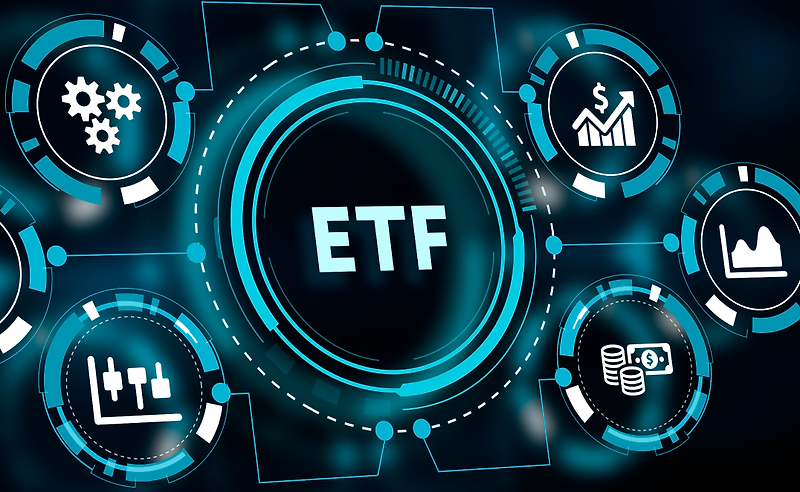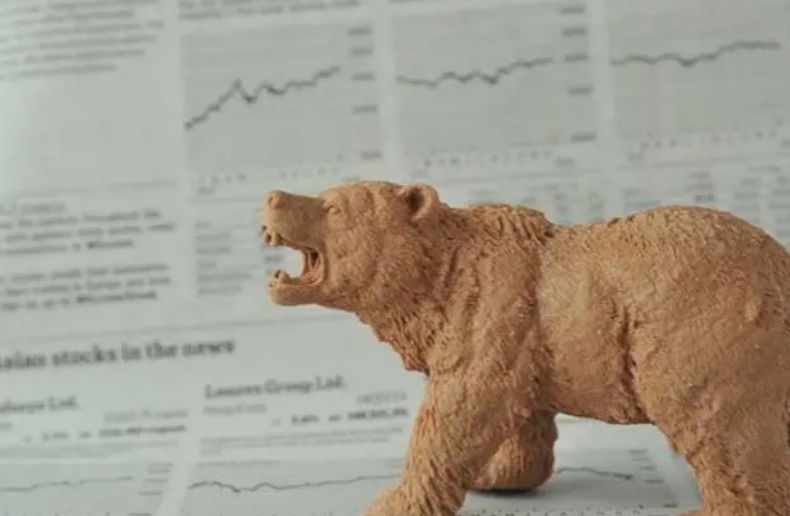Over the last decade, ESG (Environmental, Social and Governance) has dramatically changed the investment landscape. In this regard, fixed income investors are no longer so shabby to integrate ESG factors into their decisions - along with traditional financial metrics. Now it is no longer just a good cause, but rather acknowledging that sustainability could lead to better financial performance. This article will discuss the relevance of ESG in fixed income investment and therefore how these investments would influence immense benefits for investors and society.
Understanding ESG
ESG is the short term for three primary factors by which the ethical influence and sustainability of a given company can be estimated. These are:
- Environmental: This includes evaluating how the company acts as a custodian for nature. This entails carbon emissions, waste production, and resource use.
- Social: This encompasses how a company treats its employees, suppliers, customers, and communities. Key areas include labor practices, diversity, and community impact.
- Governance: This is a measure of how a business's management, executive compensation, audits, and shareholder rights are designed.
ESG factors in fixed income investing allow for measuring the risks associated with a bond investment. Poor ESG practices from a company can trigger legal crises, regulatory fines, and reputational damage that undermine its capacity to service its debts.

The Rise of ESG in Fixed Income
As the Global Sustainable Investment Alliance has shown, the volume of sustainable investment assets went up to $35.3 trillion in 2020 compared to 2018, growing by 15%. As Kroll reports, inflows into fixed income ESG-focused bonds have been quite significant and are caused mainly by increasing awareness among investors about the long-term risks associated with climate change and social issues.
ESG Investing and Risk Reduction
Investors are now realizing that the risk of incorporating ESG factors has reduced. Through MSCI research, companies registered with high ESG ratings have been found to achieve lower volatility and default rates. For instance, among the issuers with high ESG scores, the bonds experienced default rates at 1.6%, while in the issuers with low ESG scores, default rates were 5.3%. The above all goes to suggest that lower risk will definitely increase stable returns.
Performance Metrics
In general, ESG investments tend to outperform traditional investments. For instance, according to a research report from Morningstar, sustainable funds have performed better than their more conventional counterparts during times of market meltdown. For example, a sustainable bond fund had an average return of 7.5% in 2020 whereas that of the conventional fund was 5.3%.
ESG Bonds Demand
- Green Bonds: Green bonds form a significant part of ESG finance. These are targeted at projects that have environmental benefits. In fact, annual global green bond issues had reportedly increased by 9% from the prior year to US$ 269.5 billion in 2020, as reported by Climate Bonds Initiative. There are investors who are eager to invest in renewable energy, sustainable agriculture, and energy efficiency projects among others.
- Social Bonds: Social bonds are also an important component of fixed income investment. These bonds fund projects related to social challenge sectors including affordable housing and education. In 2020, the issuance of social bonds surpassed $149.6 billion. In 2019, it was only at around $12 billion. This massive growth reflects a gradually increasing investor interest in investing in social purposes.

Challenges in ESG Investing
- Lack of Standardization: There is still a lack of standardized metrics in ESG investing. Rating agencies may provide different ratings for the same company and this may cause confusion to investors. According to a report by the CFA Institute, almost 75% of the investment professionals believe that a standard framework is required to report ESG. Without the standardization, it is sometimes confusing to investors how to make decisions.
- Greenwashing: Another risk is greenwashing, where companies overstate their adherence to the ESG practices. The investors have to be careful in their research to ensure the companies they are putting their money into are truly following good practices. A Harvard Business School study found that 37% of firms responded to their internal request for ESG metrics. The validity of these numbers cannot be confirmed.
ESG in the Fixed Income Future
ESG-compliant investments pose with greater awareness of environmental and social issues. With regard to fixed income investors, superior risk-adjusted returns will result from integrating ESG factors into their strategies. We can say that evidence here is not just in a trend but developing as a necessity for long-term investment success. Further, investors should continue to focus on their research about the threats and opportunities that exist with ESG investing. Through proper research, it is possible for them to contribute to a more sustainable future while achieving their financial goals. In this line of thought, the ability to know the imperative of ESG will bring them to make informed decisions that align their personal financial objectives with values.






